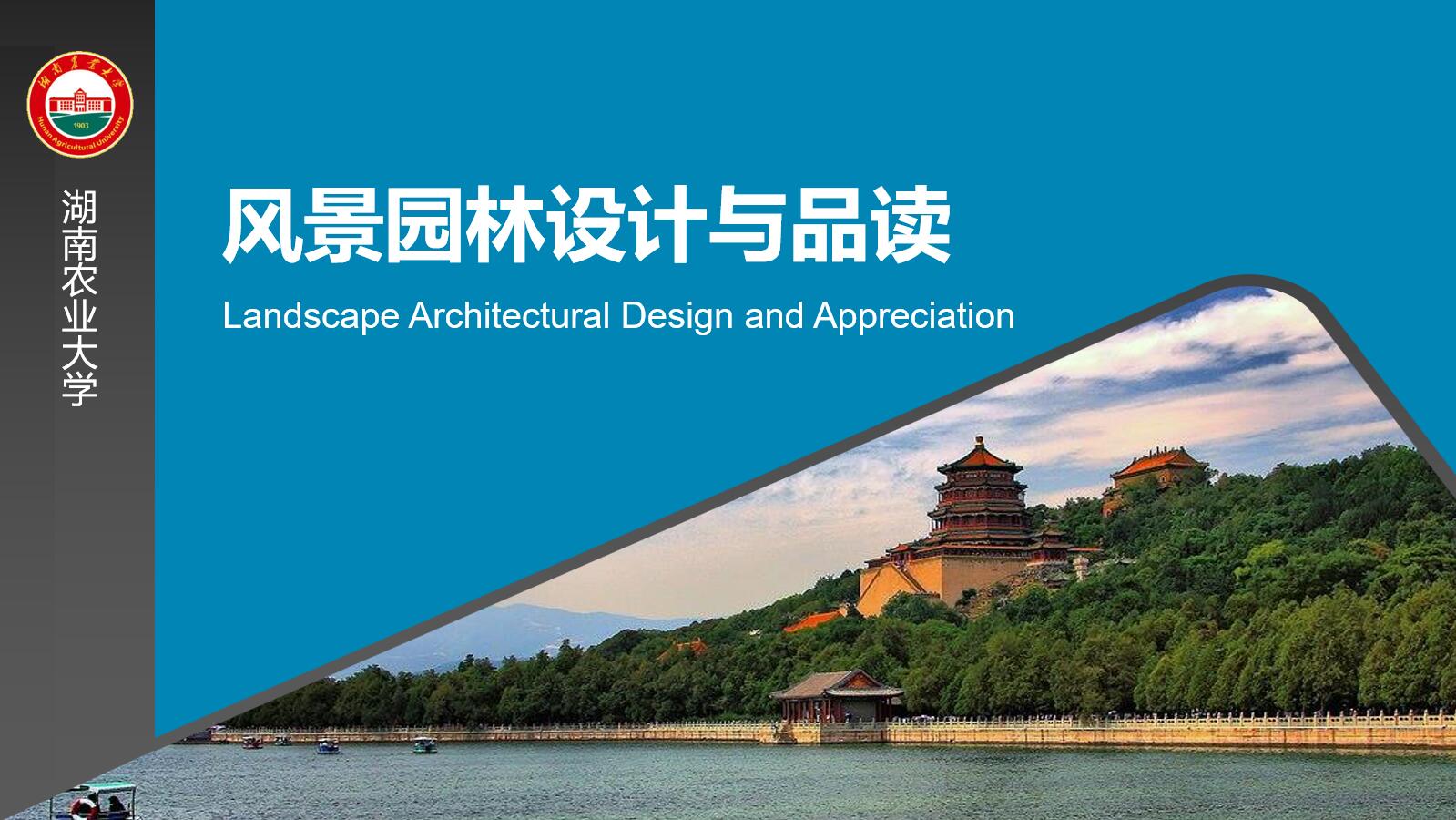
当前课程知识点:国际新闻比较与分析 > 第一章 Understanding What Is News (理解什么是新闻) > 1.4 Structure and Value of International News (国际新闻的结构与价值) > 1.4 Structure and Value of International News
大家好
很高兴再次见到大家
在过去的课程中
我们学习了新闻的定义
以及价值因素
这些要素几乎适用于所有新闻
在这一部分中
我们将继续学习
什么是新闻
通过讨论国际新闻的结构的方式
我指的是那些
影响国外新闻流进与流出的要素
我将介绍最初的模型
由挪威学者Galtung & Ruge在1965年提出
这是一项经典的新闻学研究
以及英国学者Hardcup和O 'Neill
将近半个世纪后在2001年的修订版本
这一版本也被大量引用
Johan Galtung和Mari Ruge都是社会学家
他们对国际研究很感兴趣
尤其是和平与冲突
在20世纪50年代和60年代
他们领导了奥斯陆的和平研究所
1965年
他们在《和平研究》上发表了这篇文章
叫做《国际报道的结构》
这篇研究现在是被引用最多的作品之一
在全世界新闻学研究中
这项研究的出发点是一个当时困扰他们的问题
这项研究的出发点是一个当时困扰他们的问题
即
我们的世界是一个地理结构
大致被分为160块领土
其中大多数领土被称为国家 是自治的
但从媒体的角度来看
国际社会的国家
被划分为优胜国和弱势国
这些国家受到不同程度的媒体关注
那么
事件扫描仪是如何运作的呢
媒体在报道外国新闻时
根据对四份挪威报纸关于国际危机的报道的分析
根据对四份挪威报纸关于国际危机的报道的分析
他们发现 决定国际报道的因素有12个
频率 重要性 阙值 明确性 意义
共鸣性 意外性 连续性 构成
提到精英国家
提到精英人物
提到人
提到负面的事情
这是什么意思呢
频率就像我们之前讨论过的即时性
频率就像我们之前讨论过的即时性
一个与新闻媒介报道频率相同或相似的事件
比一个发生时间较长的社会趋势更有可能被选为新闻
比一个发生时间较长的社会趋势更有可能被选为新闻
阈值就像是我们上节课提到的重要性
它意味着事件必须达到一个阙值
在被记录之前
强度越大
对新闻选择责任人的影响就越大
对新闻选择责任人的影响就越大
明确性不在我们之前讨论的通用新闻价值之列
一个事件越容易被理解
越容易被解读 没有多重含义
被选择的机会就越大
这就是明确性
意义类似于
上节课所说的接近性
它表明文化上相似的东西很可能被选择
因为它符合负责选择新闻选择者的参考框架
共鸣性
负责选择新闻的人可能会预测
甚至希望某件事发生
从而在心理上形成对一件事件的预想
这将增加其成为新闻的可能性
意外性
像异常行为一样
最意想不到或罕见的事件
最有可能被选为新闻
连续性
一件事一旦成为头条新闻
就会在一段时间内受到媒体的关注
反复地报道新闻是比较容易的
版面结构
一个事件之所以被做成新闻
仅仅是因为它符合报纸
或新闻广播的整体结构或平衡的要求
例如
如果报纸上已经有很多
沉重的新闻故事
编辑可能会选择一些轻松的故事
来平衡报纸或新闻网站页面的整体呈现
来平衡报纸或新闻网站页面的整体呈现
提及精英国家
提及名人
提到人
这些就比较通俗易懂了
名人事件
更有可能被编辑选中
类似于通常提到的新闻价值中的显著性因素
最后 负面性
换句话说
指的是提及一些负面的东西
以获得观众更大的反应
坏消息比好消息传得更远更快
对编辑来说 负面新闻比正面新闻更有吸引力
好了
这就是Galtung和Ruge提出的12个因素
这些要素的作用是
把你看到的国际新闻故事
放在世界新闻议程的首位
尽管它在50多年前就提出了
但直到今天仍然充满活力
实际上
今天任何传媒研究者在讨论新闻价值时
都会提到这个列表中的一些特征
继Galtung和Ruge之后
两位英国学者
基于他们对英国报纸的研究
提出了对原始模式的修正
他们的观点发表在
2001年的《新闻学研究》的一篇期刊文章中
《什么是新闻:重访Galtung和Ruge》
作者Tony Harcup和Deirdre O 'Neill
他们增加了四个因素
首先 娱乐性
许多故事能成为新闻
并不是因为它们为读者提供了严肃的信息
而仅仅是为了娱乐读者
第二 提到积极的事情
不仅坏消息构成新闻
好消息也可以构成新闻
第三 提到精英组织或机构
如前所述
如果某件事涉及到精英组织
不仅仅是精英国家或个人的参与
可能会引发对于这件事的的报道
那么它可能已经被忽视了
如果这件事与非精英组织相关
第四
议程 商业推广和政治运动
媒体组织的议程
这可能包括 例如
《太阳报》的反bbc报道
这些报道可以说是
在为默多克的商业利益服务
默多克是太阳报的老板
所以 总结来说
什么因素决定了国际报道呢
从这两项被广泛引用的研究中
我们可以得出以下列表
以下是16个因素
频率 阈值 明确性
意义 共鸣 意外
连续性 内容构成
提到精英国家 提到精英人物
提到人 提到负面事务
娱乐 提到积极的事物
议程 商业推广与政治运动
这些是记者和编辑脑子里想的东西
当他们在考虑
报道什么事件
选择什么新闻
哪些登头版
哪些报道登次要版面
哪些继续报道
哪些要放弃时
这是记者选择新闻和定义新闻价值的标准
这是记者选择新闻和定义新闻价值的标准
当然
这些记者选择新闻和定义新闻价值的方式
直接影响你读到 听到或看到的新闻
说到这里
我们已经讲完了第一章
我建议大家
把我们讲过的内容
都应用到你们将来的学习中去
下一部分我们将继续深入了解国际报道
下一部分我们将继续深入了解国际报道
下一部分我们将继续深入了解国际报道
现在
期待很快再会
期待很快再会
-导论 Test
-1.1 Definition of News (新闻的定义)
--1.1 Test
-1.2 General News Values: Timeliness, Impact, Prominence, Proximity (新闻的及时性、影响力、显著性与接近性)
--1.2 General News Values: Timeliness, Impact, Prominence, Proximity
--1.2 General News Values: Timeliness, Impact, Prominence, Proximity
--1.2 Test
-1.3 General News Values: Conflict, Deviance, Currency, Necessity (新闻的冲突性、异常性、话题性与实用性性)
--1.3 General News Values: Conflict, Deviance, Currency, Necessity
--1.3 General News Values: Conflict, Deviance, Currency, Necessity
--1.3 Test
-1.4 Structure and Value of International News (国际新闻的结构与价值)
--1.4 Structure and Value of International News
--1.4 Structure and Value of International News
--1.4 Test
-2.1 Hierarchy of Influences on News (新闻的影响层级)
--2.1 Hierarchy of Influences on News
--2.1 Hierarchy of Influences on News
--2.1 Test
-2.2 Gatekeeping and Personal Influences (新闻把关人与记者个人影响)
--2.2 Gatekeeping and Personal Influences
--2.2 Gatekeeping and Personal Influences
--2.2 Test
-2.3 Media Routines and Organizational Influences (新闻常规与组织影响)
--2.3 Media Routines and Organizational Influences
--2.3 Media Routines and Organizational Influences
--2.3 Test
-2.4 Extra-Media Forces and Ideology (意识形态与组织外影响)
--2.4 Extra-Media Forces and Ideology
--2.4 Extra-Media Forces and Ideology
--2.4 Test
-3.1 Authoritarian and Libertarian Theories of the Press (媒体的威权主义与自由主义理论)
--3.1 Authoritarian and Libertarian Theories of the Press
--3.1 Authoritarian and Libertarian Theories of the Press
--3.1 Test
-3.2 Social Responsibility and Communist Theories of the Press(社会责任与共产主义理论)
--3.2 Social Responsibility and Communist Theories of the Press
--3.2 Social Responsibility and Communist Theories of the Press
--3.2 Test
-3.3 Comparing Media Systems in the West: Three Models (比较媒介体系的三种模式)
--3.3 Comparing Media Systems in the West: Three Models
--3.3 Comparing Media Systems in the West: Three Models
--3.3 Test
-3.4 Comparing Media Systems in the West: Four Dimensions(比较媒介体系的四个维度)
--3.4 Comparing Media Systems in the West: Four Dimensions
--3.4 Comparing Media Systems in the West: Four Dimensions
--3.4 Test
-4.1 State-Owned Media (国有媒体所有制)
--4.1 Test
-4.2. Public-Owned Media (公共媒体所有制)
--4.2 Test
-4.3. Private-Owned Media (私人媒体所有制)
--4.3 Test
-4.4. Concentration of Media Ownership (媒体所有权集中化)
--4.4 Concentration of Media Ownership
--4.4 Concentration of Media Ownership
--4.4 Test
-5.1 Evolution of Foreign Correspondence(驻外报道的历史与起源)
--5.1 Evolution of Foreign Correspondence
--5.1 Evolution of Foreign Correspondence
--5.1 Test
-5.2 The Role of Global News Agencies (全球通讯社与驻外报道)
--5.2 The Role of Global News Agencies
--5.2 The Role of Global News Agencies
--5.2 Test
-5.3 Foreign Correspondence Beyond News Agencies (通讯社之外的驻外报道)
--5.3 Foreign Correspondence Beyond News Agencies
--5.3 Foreign Correspondence Beyond News Agencies
--5.3 Test
-5.4 Foreign Correspondence in the New Millennium(新世纪的驻外报道)
--5.4 Foreign Correspondence in the New Millennium
--5.4 Foreign Correspondence in the New Millennium
--5.4 Test
-6.1 Foreign Correspondents in China(外媒驻华报道)
--6.1 Foreign Correspondents in China
--6.1 Foreign Correspondents in China
--6.1 Test
-6.2 International Journalism in Chinese Media (中国媒体国际报道)
--6.2 International Journalism in Chinese Media
--6.2 International Journalism in Chinese Media
--6.2 Test
-6.3 Chinese Correspondents in Foreign Bureaus (中国媒体驻外记者)
--6.3 Chinese Correspondents in Foreign Bureaus
--6.3 Chinese Correspondents in Foreign Bureaus
--6.3 Test
-7.1 Definition of Geography of News (新闻地理的定义)
--7.1 Definition of Geography of News
--7.1 Definition of Geography of News
--7.1 Test
-7.2 Geography of Foreign News on Global TV(全球电视国际报道的新闻地理)
--7.2 Geography of Foreign News on Global TV
--7.2 Geography of Foreign News on Global TV
--7.2 Test
-7.3 Who Is Interested in China (外国公众对中国新闻的兴趣)
--7.3 Who Is Interested in China
--7.3 Who Is Interested in China
--7.3 Test
-8.1 Determinants of Global News Flow(全球新闻流的决定因素)
--8.1 Determinants of Global News Flow
--8.1 Determinants of Global News Flow
--8.1 Test
-8.2 World System Theory and Global News Flow(世界系统理论与国际新闻流)
--8.2 World System Theory and Global News Flow
--8.2 World System Theory and Global News Flow
--8.2 Test
-8.3 Towards a New World Information and Communication Order(通往新信息传播秩序之路)
--8.3 Towards a New World Information and Communication Order
--8.3 Towards a New World Information and Communication Order
--8.3 Test


